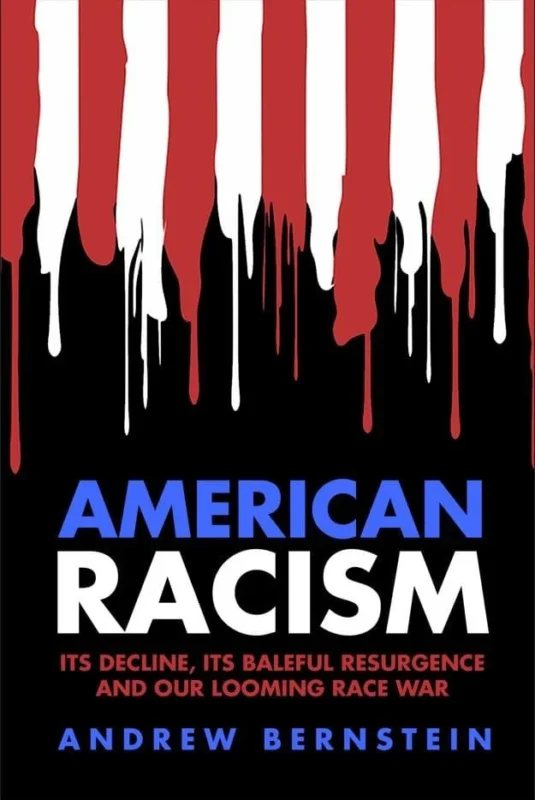So what’s not to love about 2004? I admit that it wasn’t easy going, but at this writing it looks like the S&P 500 is going to close out the year at better than three-year highs, with something like an 11% total return. The Russell 2000 Index of small-cap stocks will close at or near its all-time high. And the US economy has grown by something like 4% as measured by Gross Domestic Product.
Yes, in 2004 we bulls had it right. And I’m expecting another good year coming up. But I think it’s likely that 2005 will get off to a rocky start. I think we’ll see a short, sharp pullback in stocks in the opening weeks of the year. That will be scary, but it will be temporary. By spring, stocks will have moved on to new highs.
There are lots of good reasons to expect a January pullback. Some are technical, and others are fundamental.
First to the technical. My colleague Fred Goodman — the best technical analyst I know, and who writes a daily technical report for my Web site — notes that market sentiment is much too complacent at the moment. He points out that the American Association of Individual Investors’ poll of retail investors, and Market Intelligence’s survey of retail market letters, are both showing high levels of bullishness — and both groups tend to be wrong at market turning points. Fred also notes that large commercial stock index futures traders and New York Stock Exchange specialists are positioned as they typically are just before a drop.
Fred also makes the case that this holiday season in the stock market bears an uncanny resemblance to that of 1999. Changes in the market’s price and volume are almost precisely mirroring what happened five years ago, day by day. Back then, stocks opened the new year sharply lower, and Fred thinks there’s a good chance that could happen in 2005, too. Of course, in 2000 stocks went on to crazy bubble highs later in the spring. Fred’s not saying that will happen, but he does expect the market to recover from a January drop.
Now, on to the fundamentals. In that realm, I expect January will be a time for coming to terms with some of the unpleasant unfinished business of 2004.
First and foremost are interest rates. Alan Greenspan and the Federal Reserve have kept rates too low for too long. It made sense at first, to overcome the monetary deflation that Greenspan induced in the late 1990s by keeping rates too high, in order to prick the bubble of “irrational exuberance.” After that, it made sense in light of the economic recession. But the deflation is over, and the economy had been in recovery for a couple of years now — and yet rates are still ultra-low by historical standards.
The consequence is that we are seeing signs of inflation all over. That’s why the US dollar sank to all-time lows against the euro this week. It’s why commodities prices — for things like gold, steel and basic foodstuffs — are soaring. It’s why oil isn’t coming all the way back down from its pre-election speculative peak.
I suspect Alan Greenspan knows that it’s high time he did something about it. My bet is that in January, with a bitter and divisive election year behind us, Greenspan will feel politically safe to start talking a lot tougher about inflation. That means higher interest rates and lower bond prices.
Right now, the consensus is that the fed funds rate — currently set at 2.25% — will rise to 3.5% by year-end 2005. That means that the Fed will make no rate hikes at three of the eight Federal Open Market Committee meetings scheduled for 2005. I predict that by the end of the first quarter of 2005, the consensus will have shifted dramatically — to an expectation of 4.25% by year-end, which means a rate hike at every FOMC meeting.
If that happens, bond prices will fall sharply. We should expect to see a yield of at least 5% on the benchmark Treasury (it’s now at about 4.3%). That would mean bond prices would fall by at least 5%, which is a very big move in that market.
That will come as a big shock to investors, because bonds have performed so well for so long. In fact, I’ve argued before in this column that bonds are in a bubble comparable to the one stocks were in back in 2000. Just a matter of weeks ago, bond yields were so irrationally low that a taxable investor would have to expect to lose money by holding them, after taxes and inflation are taken into account. That’s just not sustainable, anymore than NASDAQ 5000 was. When markets finally come off unsustainable conditions like that, they fall hard.
If Greenspan starts getting tough on inflation and bonds start tanking, the first reaction of stocks will be to drop, too. Can’t you just imagine the headlines? “Greenspan Puts on the Brakes” — or, “Fed Takes Away the Punchbowl.” We’ve seen it all before. All the pundits will stampede investors out of stocks because of the conventional wisdom that rising rates are, by definition, bad for equities.
But remember, those same pundits stampeded investors into stocks in January 2001 when the Fed first started cutting interest rates. Remember how often you heard “Don’t Fight the Fed”? Those were four expensive words, weren’t they? The market promptly went to hell in a handbasket, Fed or no Fed.
The reality is that it’s good for stocks, and for the economy, for the Fed to raise rates when inflation is kicking up. During the rate-hiking regimes beginning in December 1986 and February 1994, stocks did very well. That’s because in both those periods an inflation threat was looming, and higher rates were just the treatment that the economy needed. Remember — it’s true that, all else equal, stocks dislike higher rates. But stocks really hate inflation.
So pop a bottle of champagne and celebrate a great 2004. But brace yourself for a rough start to 2005. And be sure not to lose faith. The start of the year will be a rough patch, but it will be necessary to purge the excessive bullishness we see right now, and for the Fed to deal with the inflation threat. Be faithful, be courageous — this will be a buying opportunity.
The above is an “Ahead of the Curve” column published December 31, 2004 on SmartMoney.com, where Luskin is a Contributing Editor.









